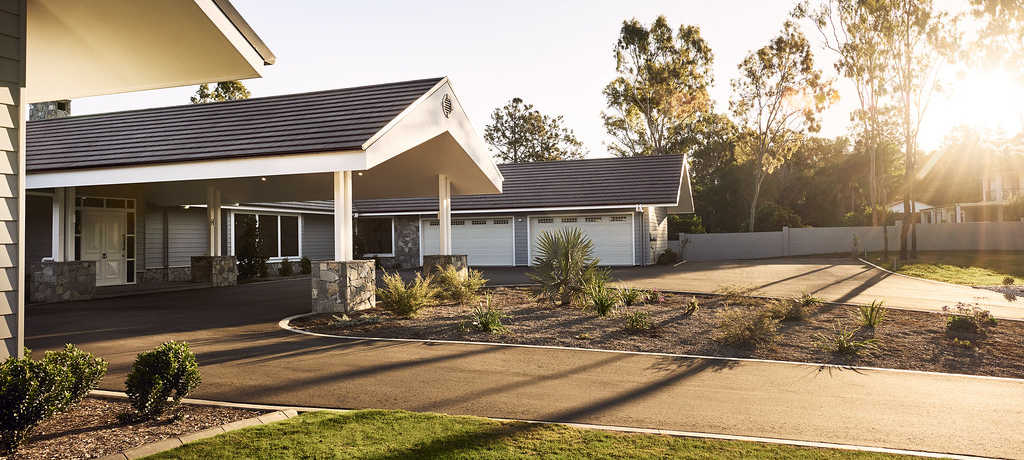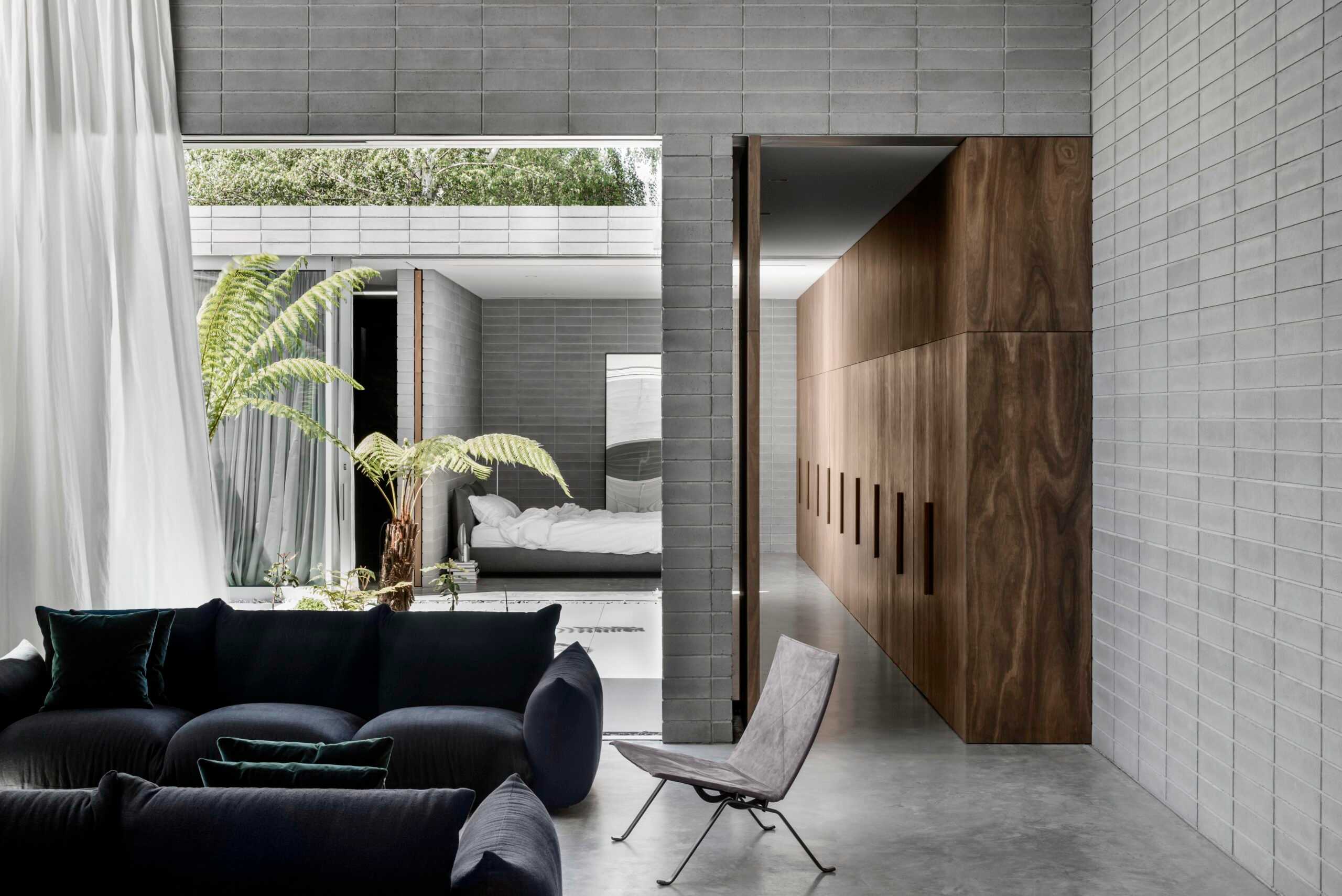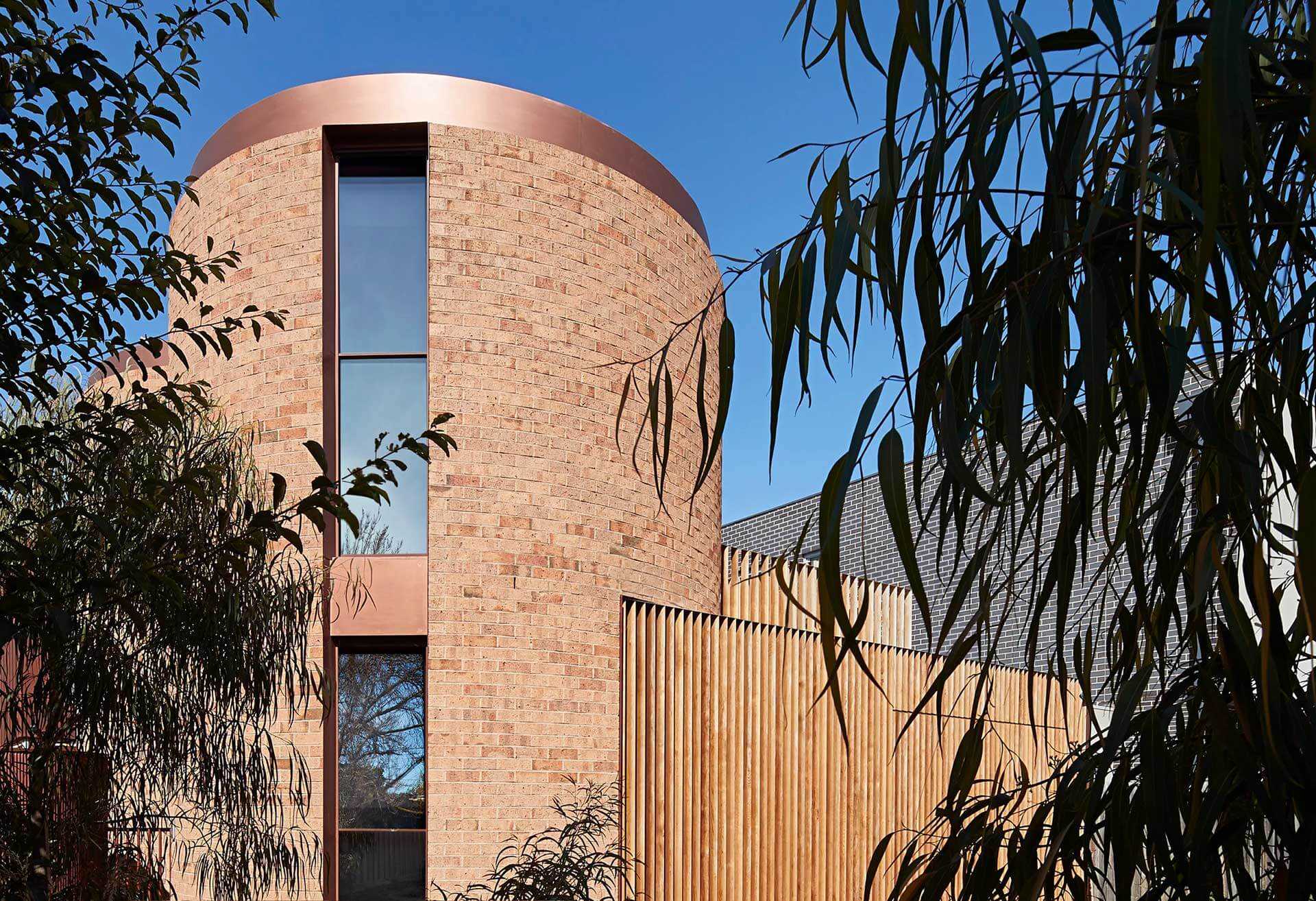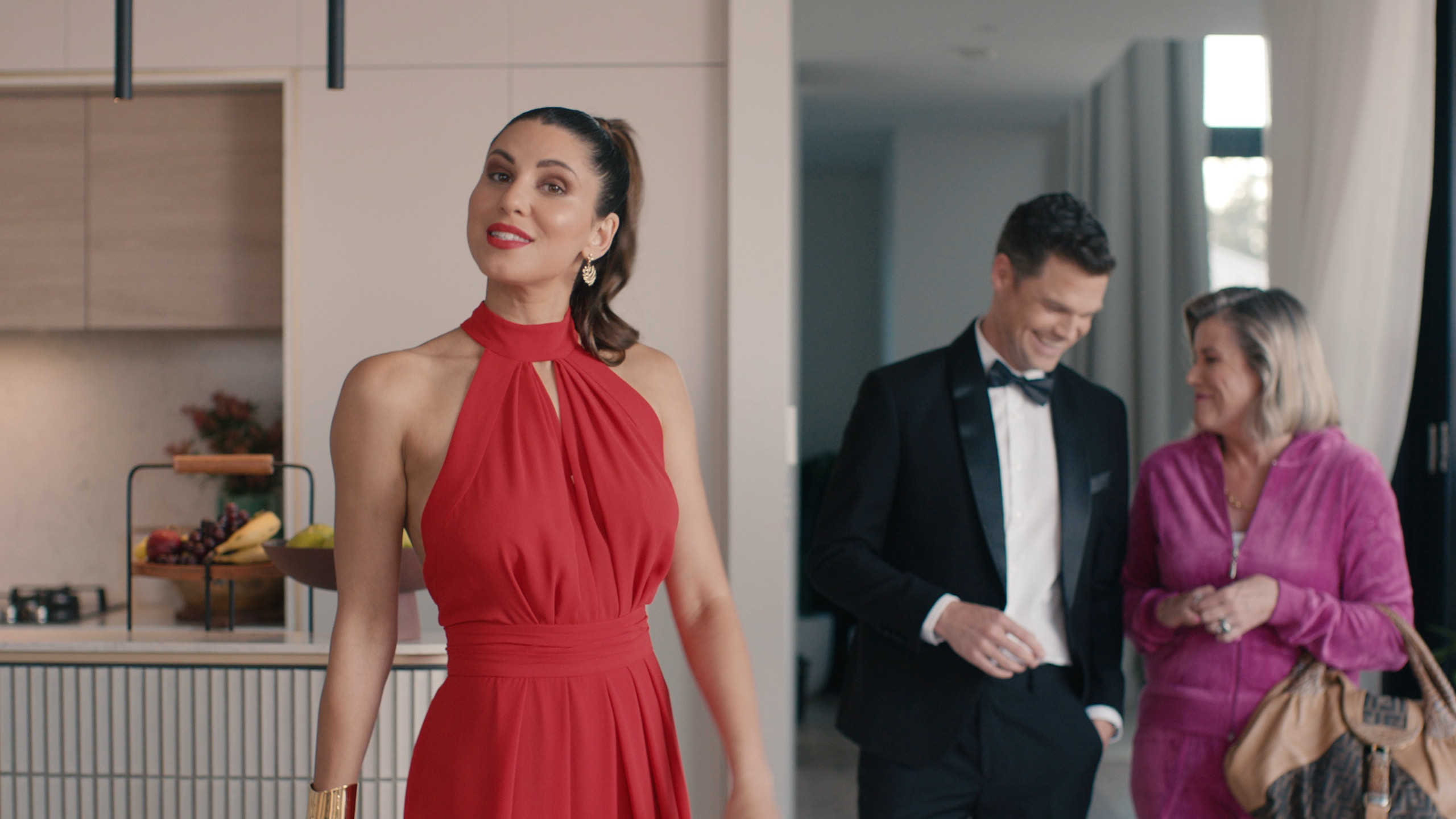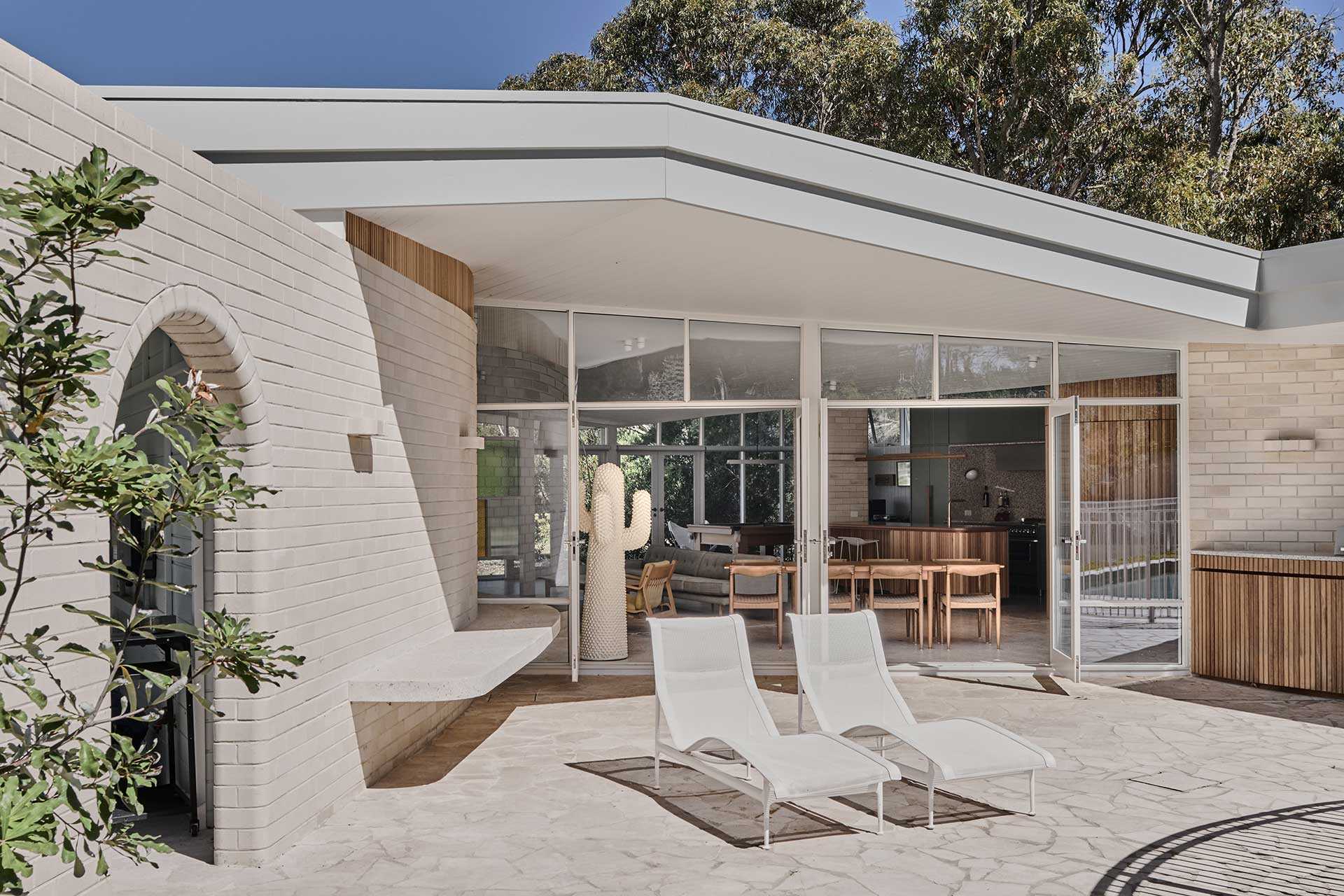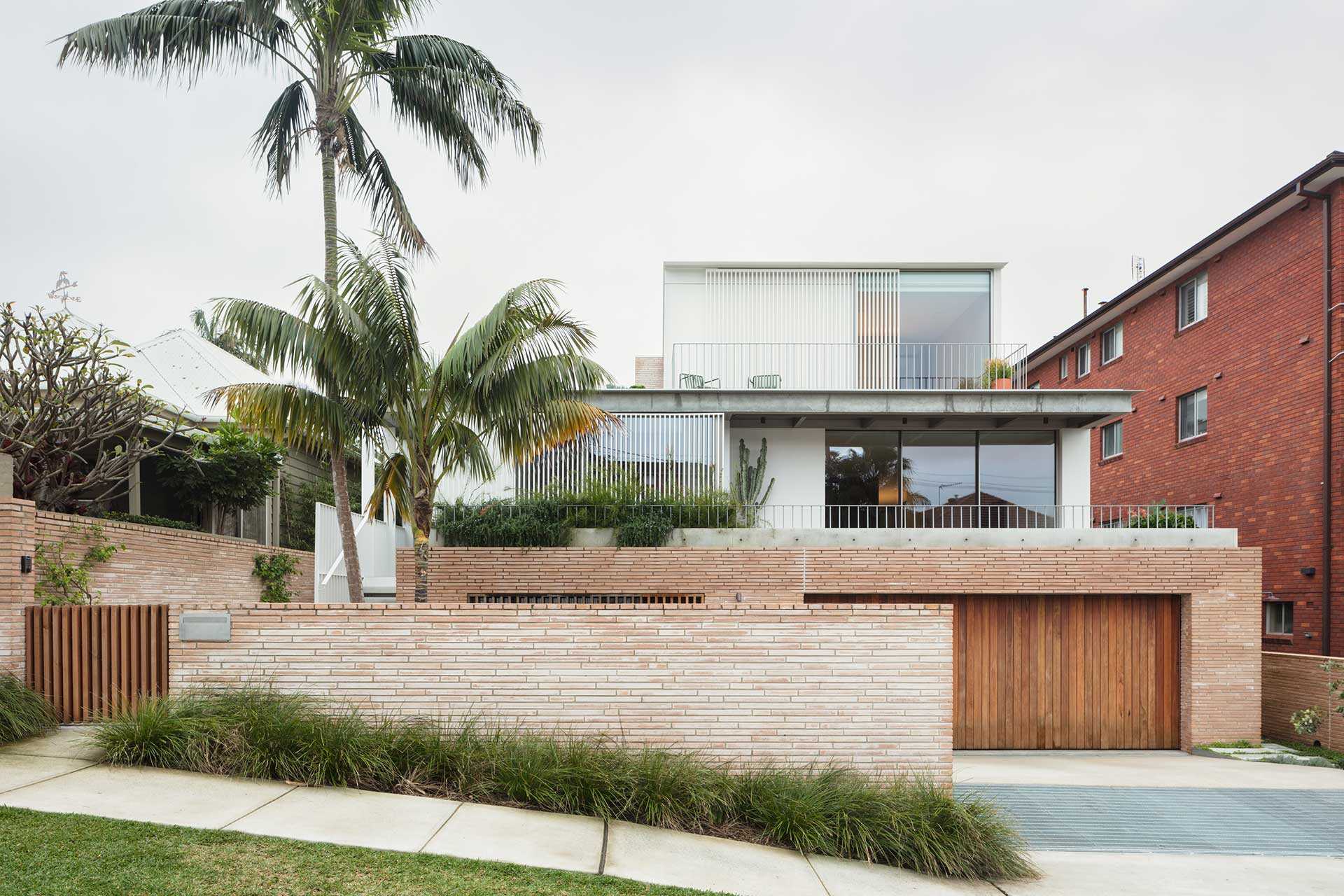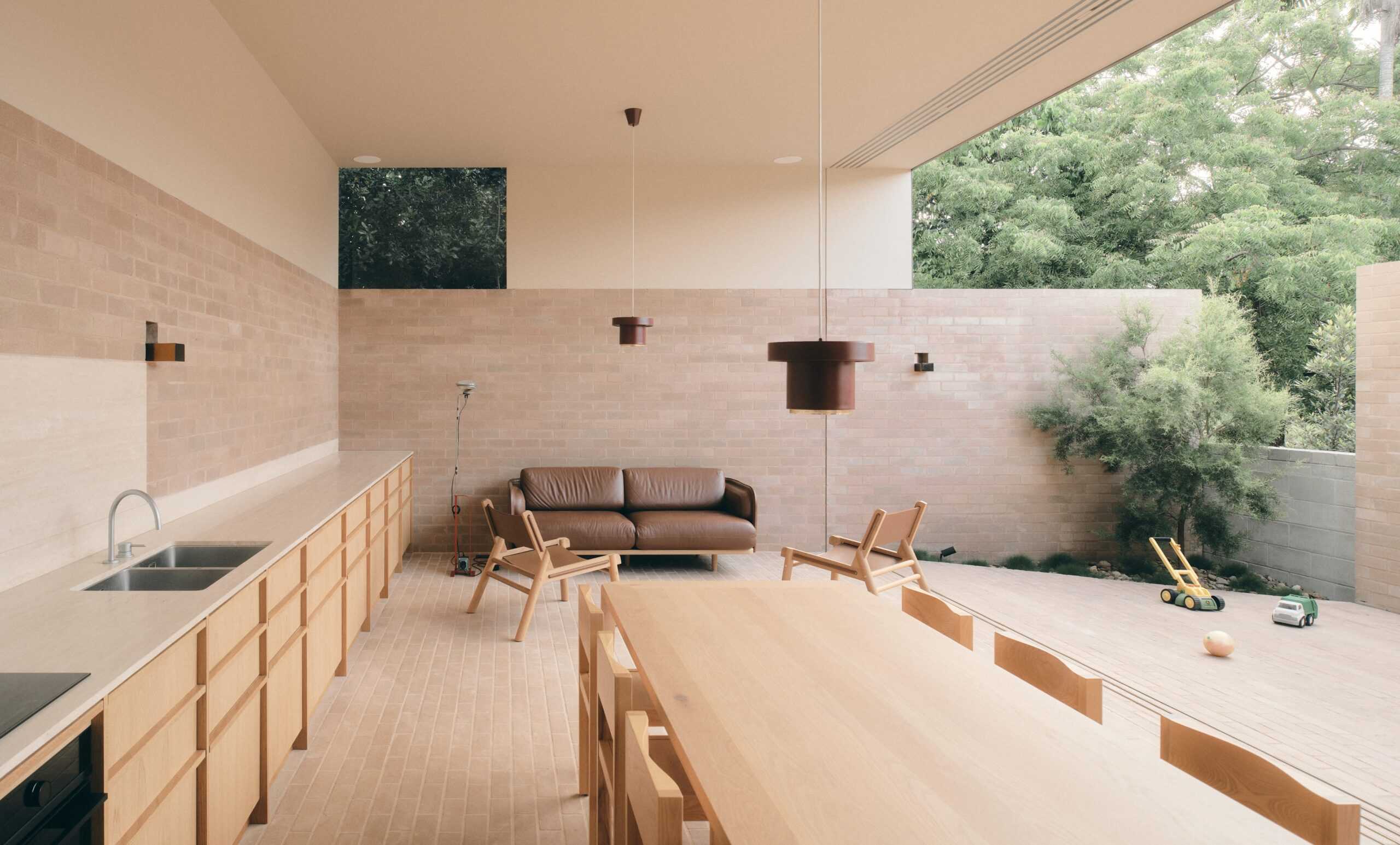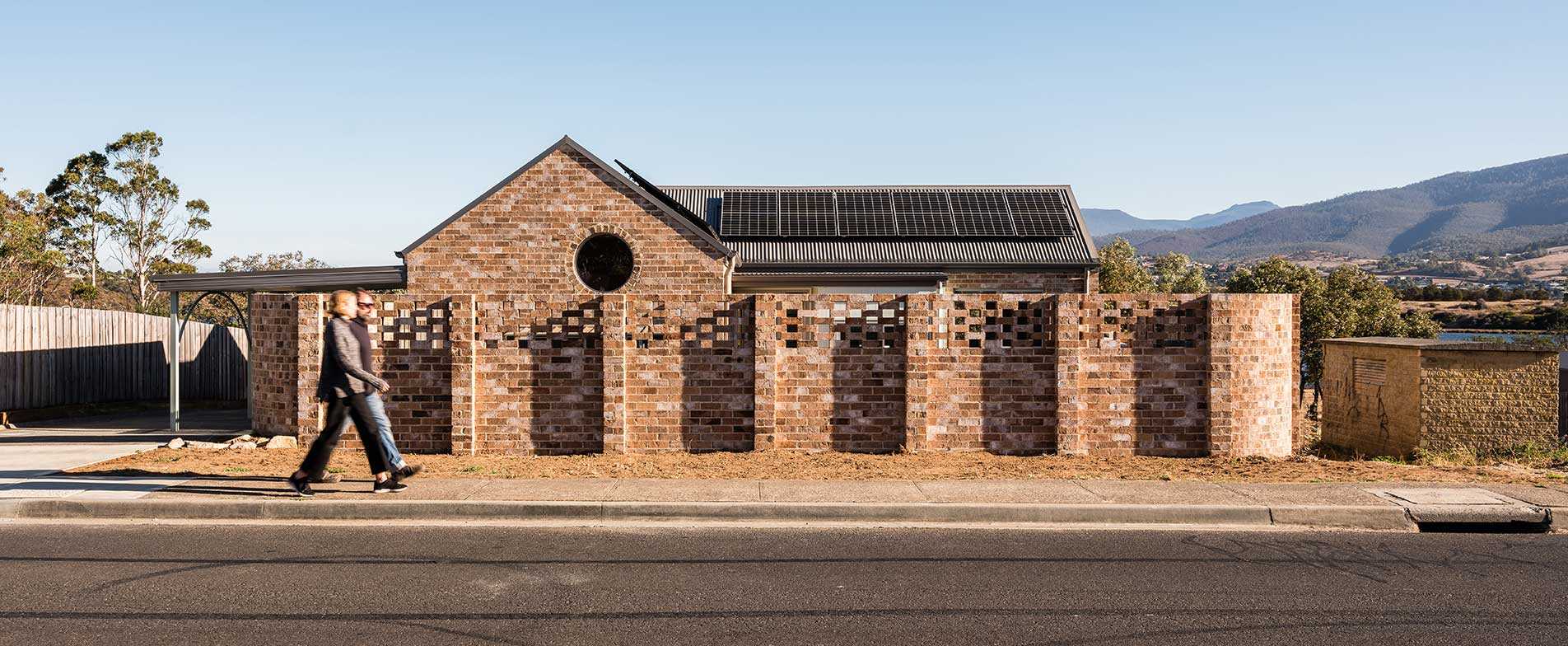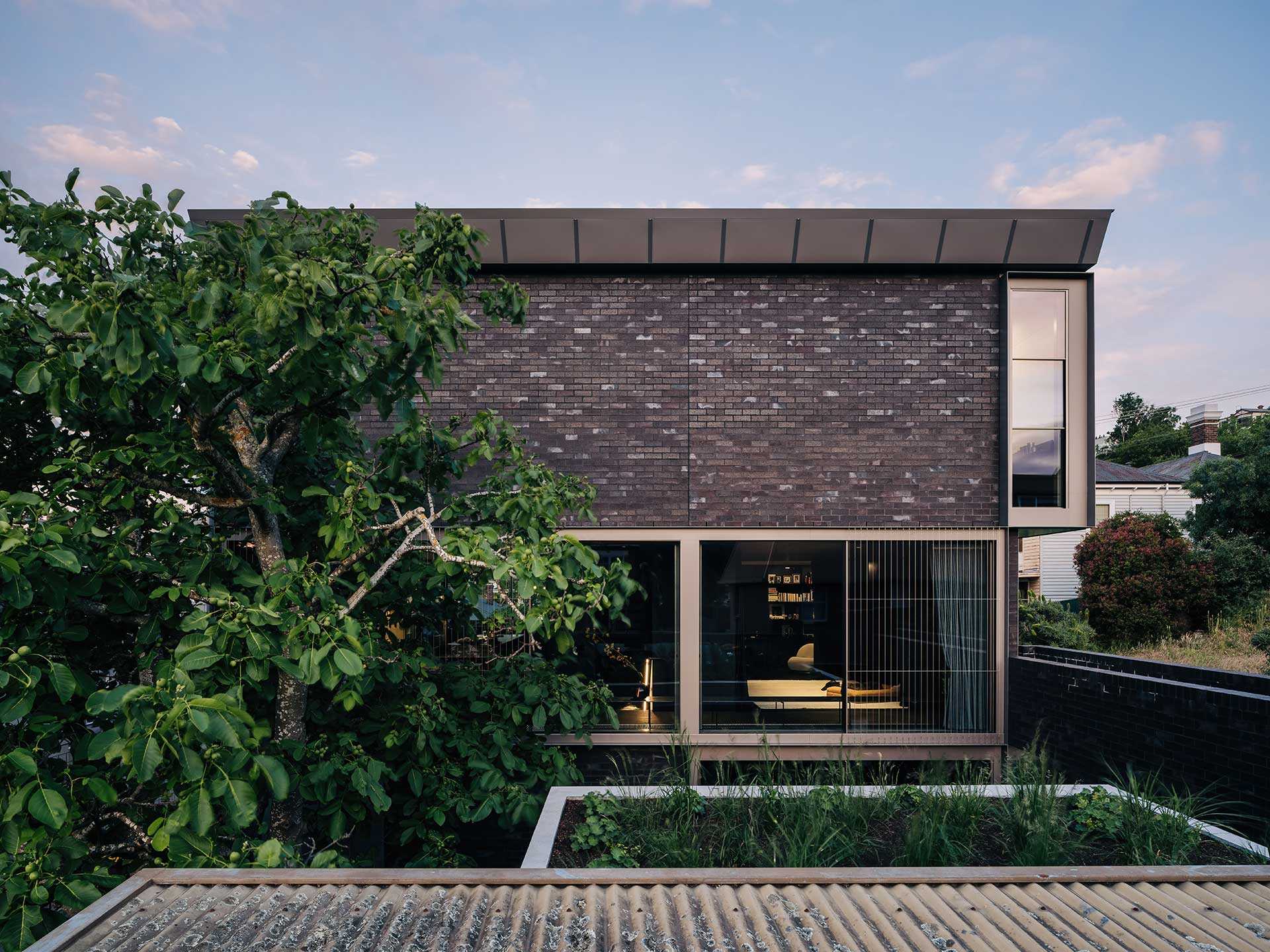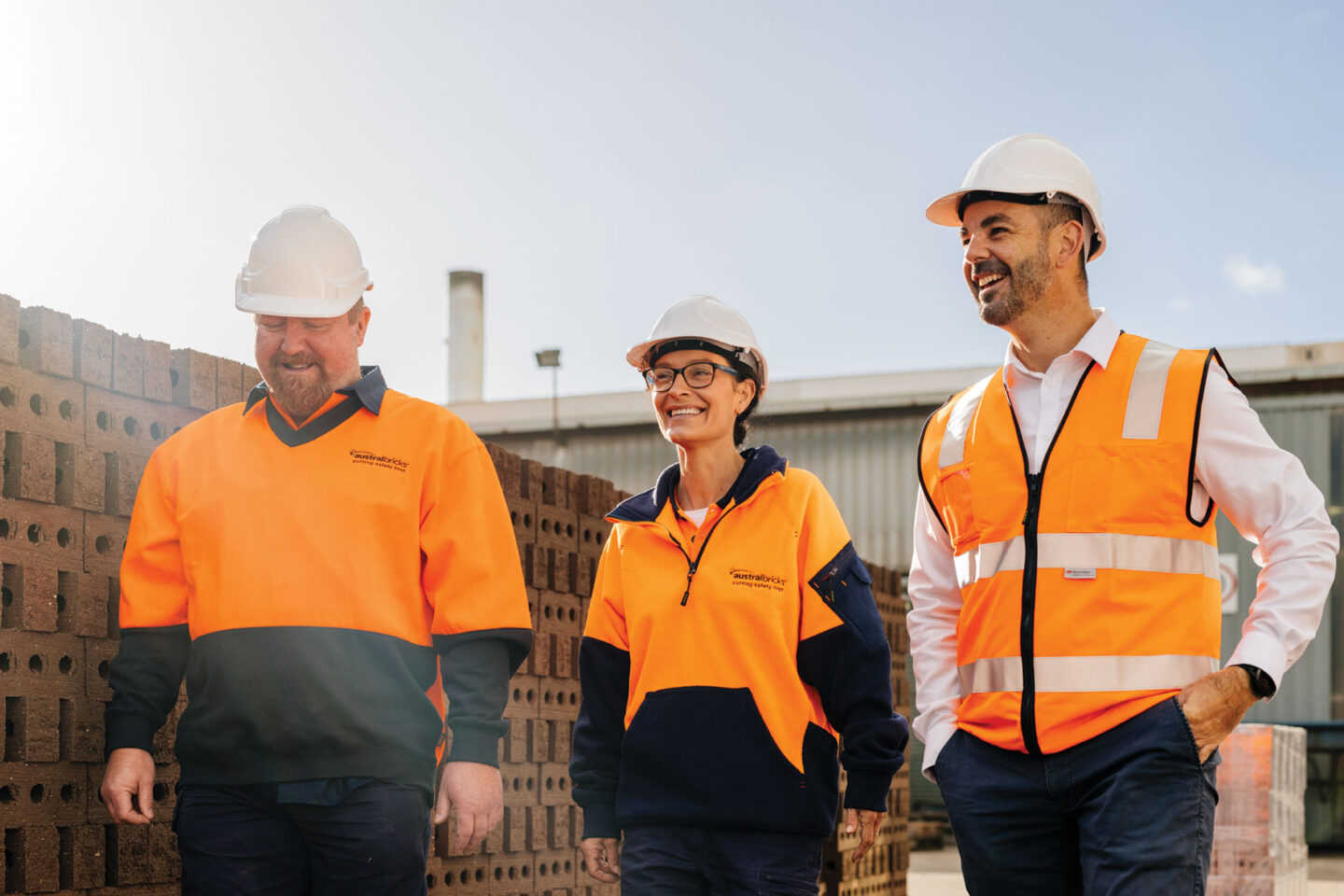Architect Spotlight: Albert Mo
How and when did you realise your passion for design?
Not so much a realisation but more like a cumulative life journey I would say: Mum is a calligrapher and watching her since I was a kid has given me spatial awareness subliminally; learning piano and photography were similar in this sense too. Then it was the moving and growing up in a few different countries that expanded my mind, again, subliminally, experiencing different built forms, cultures and city planning, etc.
After that it was the architecture school in Melbourne University where I met these two professors and mentors – Haig Beck and Paolo Tombesi, who have literally beaten architecture into me. They always asked me why, and because of these whys I dug deeper and deeper. I realised this motivation of answering the whys is actually the passion in me wanting to design better. I don’t want to stop until I have the answers that I seek.

Can you tell us about your approach to design?
I deeply believe in context, both site context and human context. You can say I’m a contextualist and a rationalist. By way of example, in a past project, Bellows House, the part that I loved most was actually the wetsuit hanging rail that I designed and the firewood storage at the side of the garage – to me, they epitomise the idea of a holiday house and celebrate the location of it. Too often these everyday rituals and objects are left unconsidered, or as last minute add-ons, however, when you design them in mind from the beginning, they become part of the overall experiences and expression of the house, and improve the quality of living.
Great design to me is functional, plus experiential together: how does your foot step sound, how does the wood smell, how does the sunlight feel on your skin, the rustling of the brick as your hand smooths over it, how your window frames the view as you sip you first cup of coffee in the morning, how the air caresses your hair as it passes through the house.
I also care a lot about craftsmanship and how things are being put together – some say I’m obsessive and care too much. It bothers me a lot when I see buildings that have no consideration of structure, as if structure is secondary to, say, wallpapers, or how a handrail is fixed to a wall? Not by glue I hope!
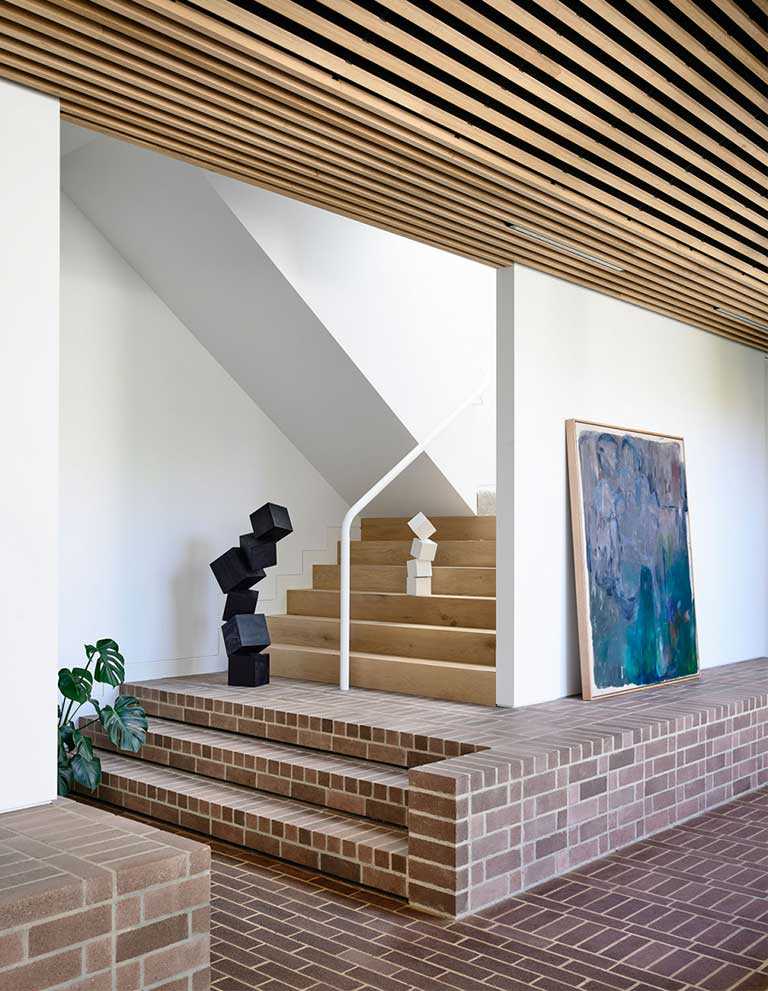
What was the motivation for starting Albert Mo Architects?
After spending the last 23 years building up a successful, medium-size practice, we were called “one of Australia’s most beloved and successful small practices” by Australian Design Review. While it made me proud, there were a lot of problems internally if we were to keep going…
There's a saying that “the cobbler's children have no shoes.” Designing your own home can give you valuable insights that translate into even better designs for your clients. Although this is not the first home I’ve designed for ourselves, Connected House has reignited and reaffirmed my deep, inner, burning interest in residential architecture. It’s almost natural to me.
Now that I’m older and have had the experience of designing for myself again, it gives me a well-rounded perspective on the challenges and joys of designing houses. In my opinion, this makes me a more empathetic and effective architect for my clients.
This is not to say I won’t do other building typologies, in fact, I will bring the “idea of a home” into everything that I design. Residential architecture is about comfort, familiarity, and a sense of belonging, and it can be a surprisingly powerful tool when designing other building types.
How would you describe the ethos of AMoA?
Designing for the Senses
Phenomenology, a philosophical approach, centres on the lived experience. In architecture, this translates to a focus on how users experience a space, how light, materials, and design choices impact their feelings. I’ve been interested in this concept for as long as I can remember, and I’ve been using it as a guiding principle on all the houses that I’ve designed. I’ll continue to create homes that are not just functional but also evoke emotions and sensations. What sets me apart is my relentless pursuit of sensory experience.
Idea of a home
A home is a symphony of comfort, functionality, and aesthetics, designed to nurture your well-being. It's a shelter that becomes a sanctuary. A home is human in scale, and it's connected and responds to nature. It speaks volumes about the people who built a life here. It is about living, family, community and the environment. Here, you can be vulnerable, knowing it's a safe space for your emotions.
The idea of the home is important to me as a personal haven, crafting spaces that cater to the individual and their well-being, therefore, no two homes I design are the same. There is no signature style, so to speak: it’s my commitment to creating homes and spaces that resonate with the user and the clients.
Mid-century Modern
I’m aware of the danger of being too niche, however, mid-century modern design has always been a passion of mine, and my small family and I have been living in one special MCM house for 16 years! Having experienced living in the unrenovated version of it for 12 years before taking on the journey of renovating, it makes me unique in this space. I would love to help MCM homeowners to respectfully restore, renovate, and modernise their homes while making them more environmentally sustainable. That’s my goal, and I’ve got that ultimate experience which equips me to do just that!
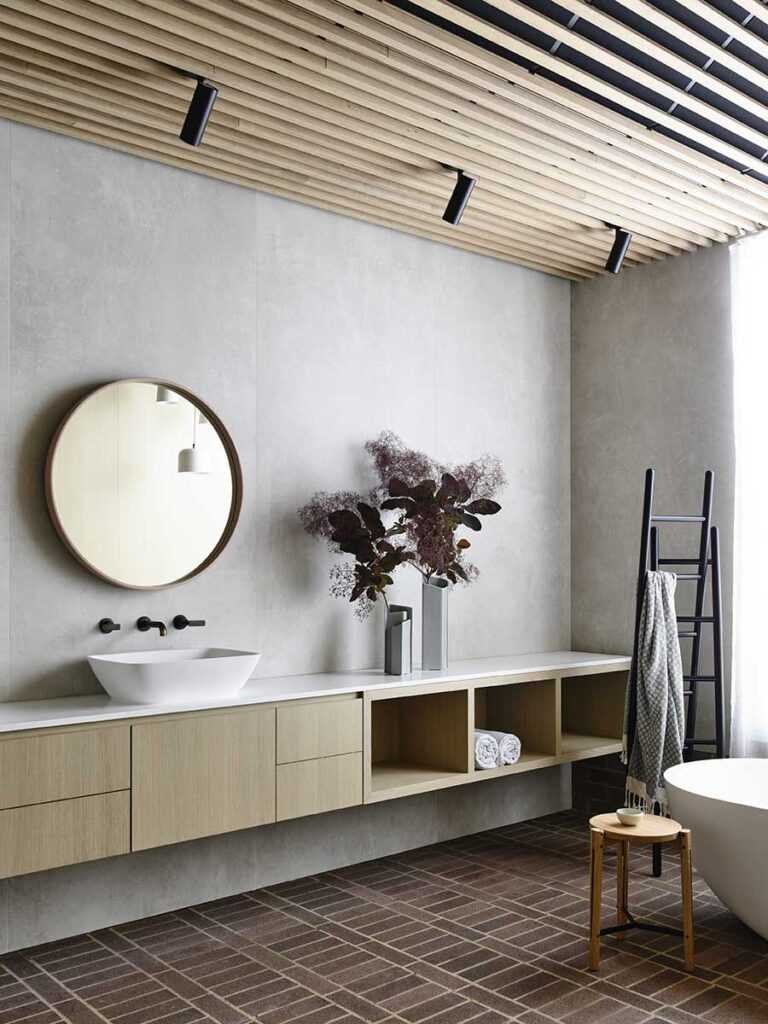
Where do you take inspiration from, and how does this manifest in your designs?
There was this TV show from about 15 years ago called The Mentalist, and in it the protagonist, Patrick Jane, uses his sharp skills of observation to help solve crimes. I take inspiration from him, and deduction reasoning, but instead of solving crimes I solve architecture. Yes, this might sound far-fetched and even pretentious, but is it? Is it really more so than if I say I’m inspired by modernism or nature?!
By deducting what I said above, one can say I’m a keen observer and profiler, and use reasoning as my design methodology. Sure, I often use and cite many built examples from the past, some even say I’m great in my history, but in reality, it is far easier for me to give precedents than words because “a picture is worth a thousand words.”
What is your career highlight so far?
Winning the top prize of the Australian Interior Design Awards for Residential Design twice was a pretty humbled experience. In both projects – Fitzroy Loft and Bellows House – I was blessed by very understanding clients who put their trust in me.
Also, how can I not mention the New Student Precinct for University of Melbourne? It was a team effort of five architects, led by Lyons, which won us the highest AIA honour the Victorian Architecture Medal in 2023. It was surreal for me!
With this being a Brickworks article, I must also bring up the amazing Architour and Venice bar that Brickworks runs. It is no less than my other highlights and I was fortunate enough to be invited.
Where do you see yourself taking AMoA in the future?
Now that I’ve chosen to focus on residential architecture, what I really want is to correct the ‘mistakes’ that I helped create in the last 23 years.
The thing that excites me most about this new practice is the chance to establish a clear focus and voice. In my previous practice, the lack of a unified identity and the constant struggle to agree on direction left me feeling frustrated, because I knew what I wanted deep down! We tried to be everything to everyone, following other people, and the result was a disingenuous and disjointed voice and portfolio.
Now, finally I have the opportunity to truly express myself. With a focused vision and a clear message, I'm confident I will create impactful and meaningful architecture that resonates with both myself and my clients. I can build a practice that is a true extension of my architectural vision.
In essence, I want to prioritise creative control, client connection, and a sustainable work style. AMoA success will be built on a strong reputation for high-quality, efficient and expressive design, allowing myself to thrive within a smaller-scale practice, therefore not killing myself!
This future isn't just about design and practice though; it's about having a platform to share my unique perspective on architecture. Having a clear voice allows me to connect with like-minded clients and colleagues, and contribute meaningfully to the architectural conversation.
“Residential architecture is about comfort, familiarity, and a sense of belonging, and it can be a surprisingly powerful tool when designing other building types.”

“Residential architecture is about comfort, familiarity, and a sense of belonging, and it can be a surprisingly powerful tool when designing other building types.”
Learn about our products.
Join us at an event.
Elizabeth Walsh and Alex Nielsen of So. Architecture unite their creative upbringings in deeply attentive works that are rich in contextual understanding.
